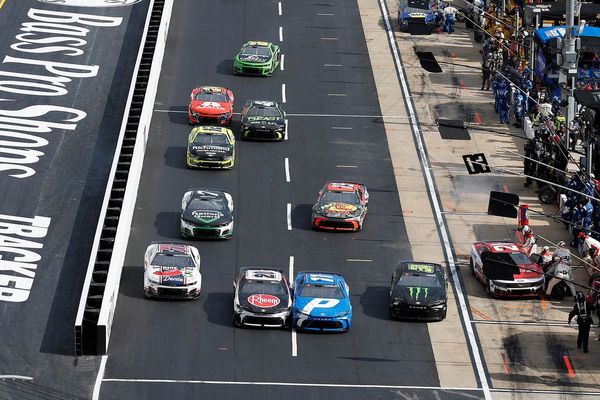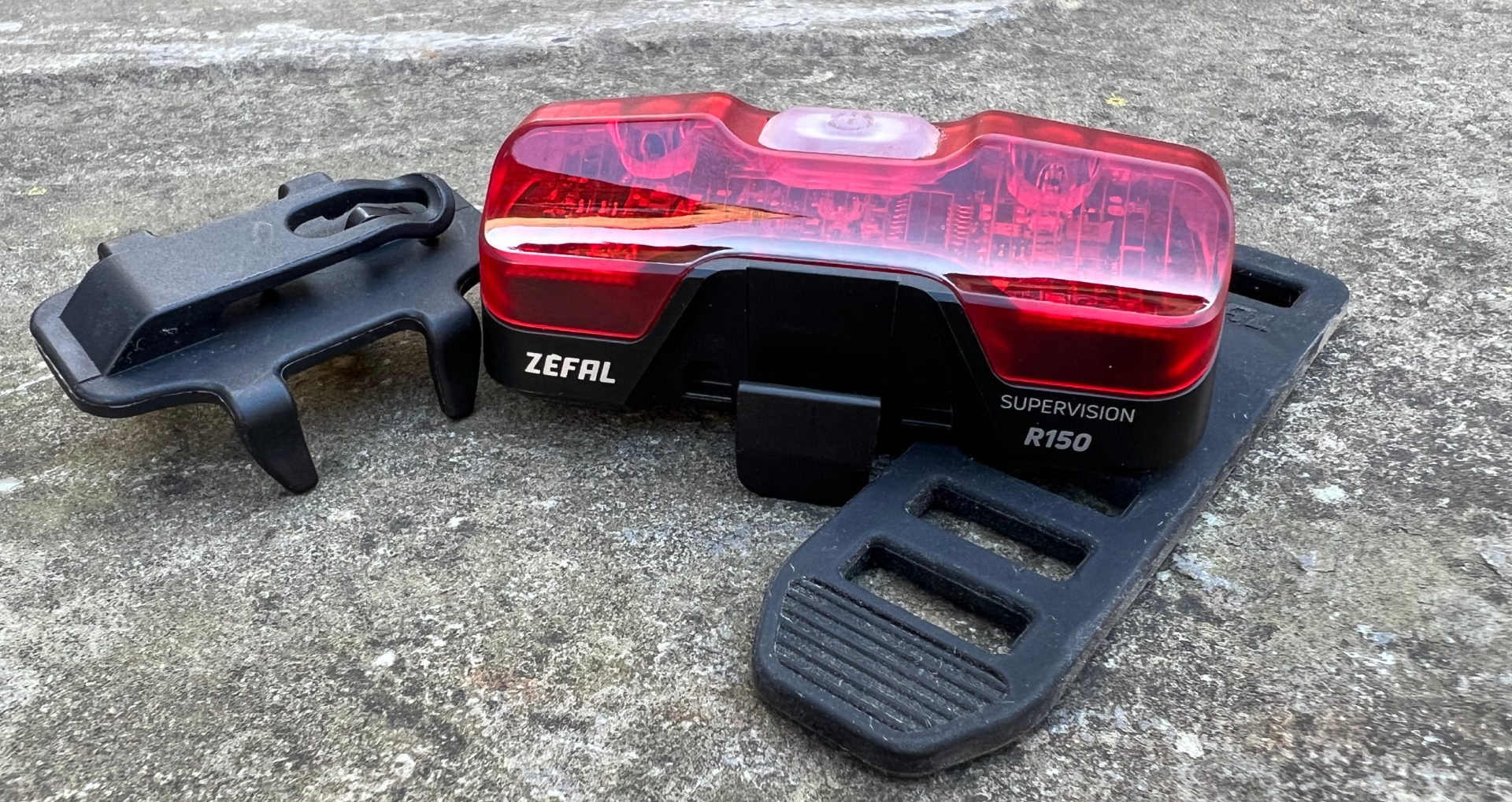
When it comes to visibility on a bike, the obvious consideration is how well we are illuminated at night. However, the best bike lights now offer a focus on the importance of using daylight bike lights—something we discovered when we inquired whether cyclists should use daylight running lights (DRL), with evidence indicating that the incidence rate was 19% lower for DRL-equipped cyclists.
With rear LED lights being lightweight and having little to no performance impact, the only barrier is the cost of yet another set of bike lights.
So could the Zefal Supervision R150 rear daytime and nighttime running lights be the answer?
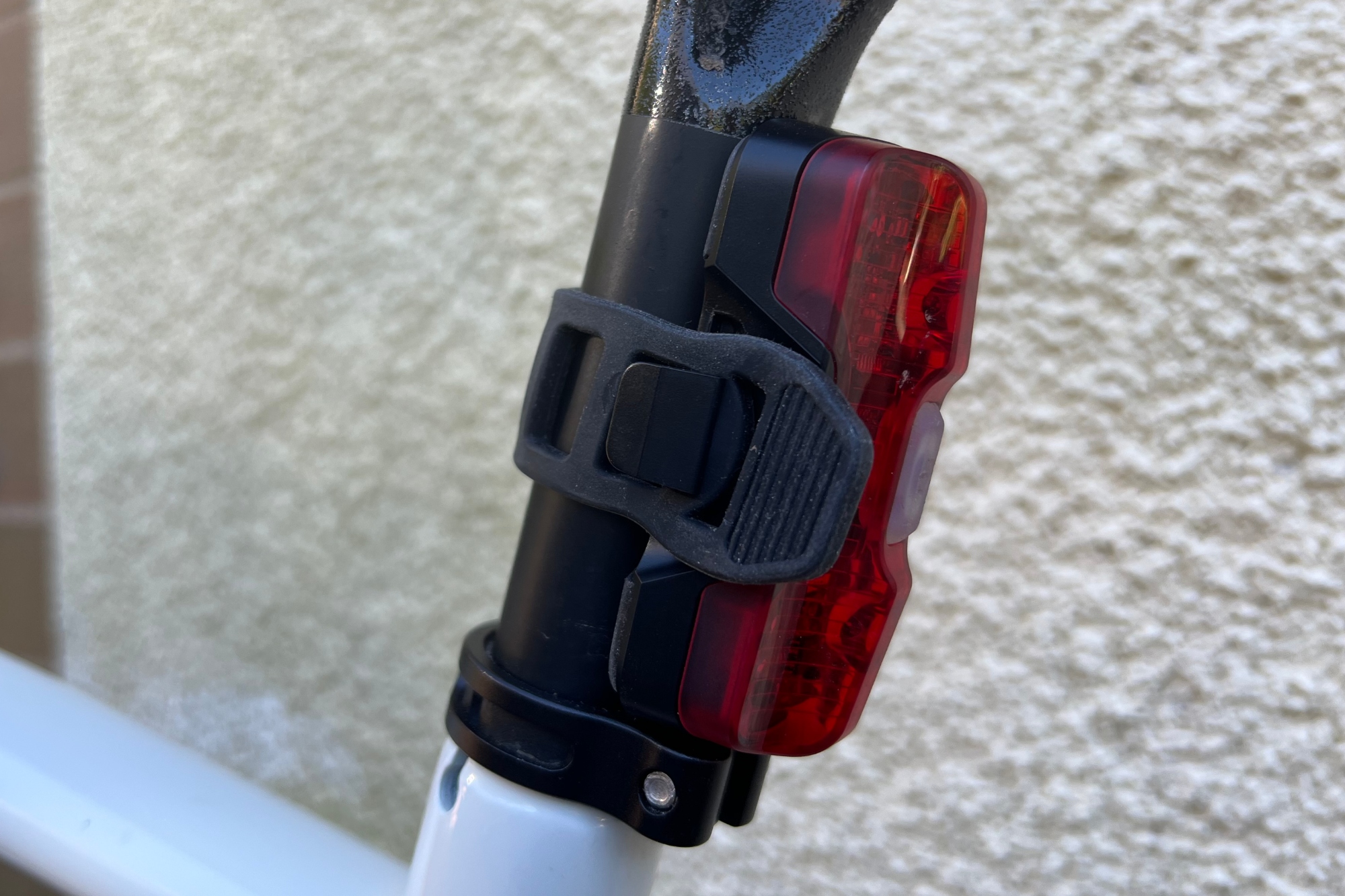
Construction and features
When it comes to bike lights, the two most important elements to discuss are brightness and battery life between charges.
The Zefal Supervision R150, rear light boasts 150 lumens as the naming convention suggests. In context, the most potent front lights, such as the Exposure Strada MK12 RS AKTiv front light, state a 1450 lumen output, while the brightest rear lights often quote 300 or even 500 lumens. Although a deeper look at the numbers can reveal that the brightest function is reserved for integrated accelerometer-powered brake lights, so check that when you're comparing specifications back-to-back.
If you ignore that feature, a decent bright rear light's lumen range will be between 90 and 170 lumens on a high setting.
Lumens (lm) refer to something called, luminous flux, which is the total amount of visible light emitted by a light source. We don't use watts like we might with an old domestic lightbulb because as LED lights –like those found in all our bike lights these days, and most domestic settings – have got more efficient, they emit more light, for less power.
It's also important to remember that whilst it should be a simple case that the higher the number, the brighter the light, there is no standardisation for testing lumen output. For example, was the lumens test undertaken before or after the lens was added to the light? Manufacturers aren't obliged to tell you. So this means it's crucial not to make a decision based on the lumens claim alone.
Another important factor to consider regarding a light's lumen output is how long it maintains that brightness. The Supervision R150 rear light offers five operating modes: three constant (low, medium, and high), two flashing, and one automatic backup flash mode.
The product information claims that to gain the full 150 lumens, you need to select 'Flash 2 ' mode. According to Zefal, this should give you up to eight hours of run time. The brightest light available from this light, on a constant setting is 80 lumens. It will run at 80 lumens for three hours on a fully charged battery. The light will run for longer, at less lumens, with 'Low' mode delivering 15 lumens, or Flash 1 mode which delivers a very reasonable 50 lumens of light, for up to 16 hours!
However, when the battery capacity falls below 20%, the light automatically switches to 50-lumen flash mode.
I clarified this with the brand, and Zefal confirmed that it means, that after six and a half hours of running the Flash 2 mode, it will automatically switch to the 50-Lumen Flash mode.
The same goes for any of the light settings once the light hits the 20 percent battery life zone, unless you recharge.
When discussing light charging, it's important to note that Zefal has a quirk: none of the Supervision range of lights comes with a charging cable. Instead, they require you to already own a USB-C cable to charge the 1200mAh 3.7V Polymer battery.
We're going to be needing more of these cables at home, thanks to an EU standard, which came in December 2024, which dictates that all electronic devices of this type, including phones, laptops, speakers, must have a USB-C charge port. From Spring 2026 all laptops will need to be USB-C too.
That's welcome, sensible – possibly overdue – standardisation that should mean we have far fewer redundant cables laying around at home, but for now, do check you have a cable to charge this range of lights, and if you don't have one yet, you'll need to budget for buying one.
I'm conflicted about this policy, as in this case Zefal seems to have used the assumption that you have one at home, to get out of including one. Longer term I guess this means brands will be shipping less cables around the world to people that already have them, and that's a good thing, but not everyone is lucky enough to have one laying around like I was.
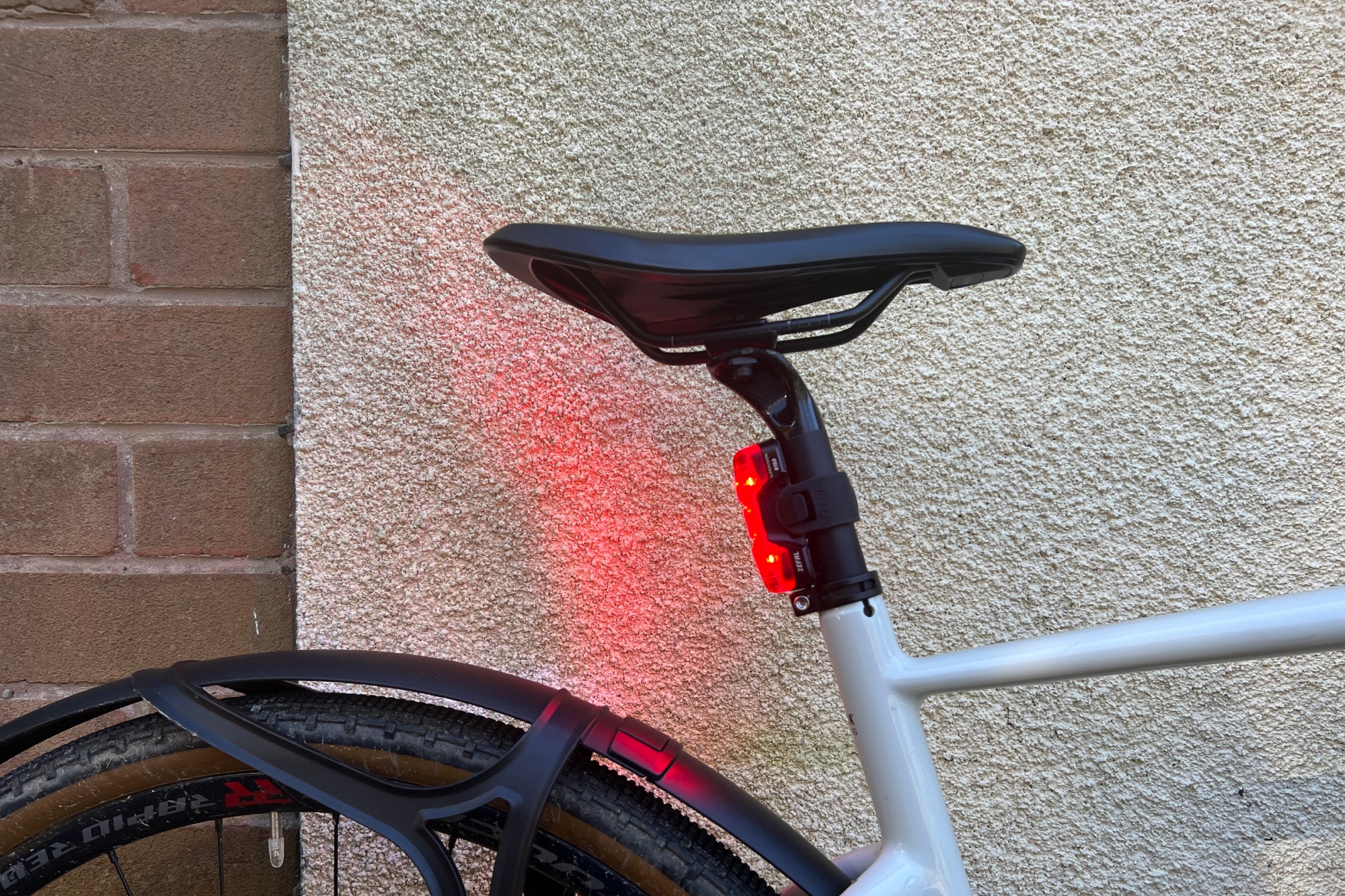
Providing 270° visibility, the LED light measures 78x47x28 millimeters and weighs 65 grams. When theoretically positioned next to the rear Raveman TR500, it is smaller by a few millimeters in every direction and weighs about 10 grams less.
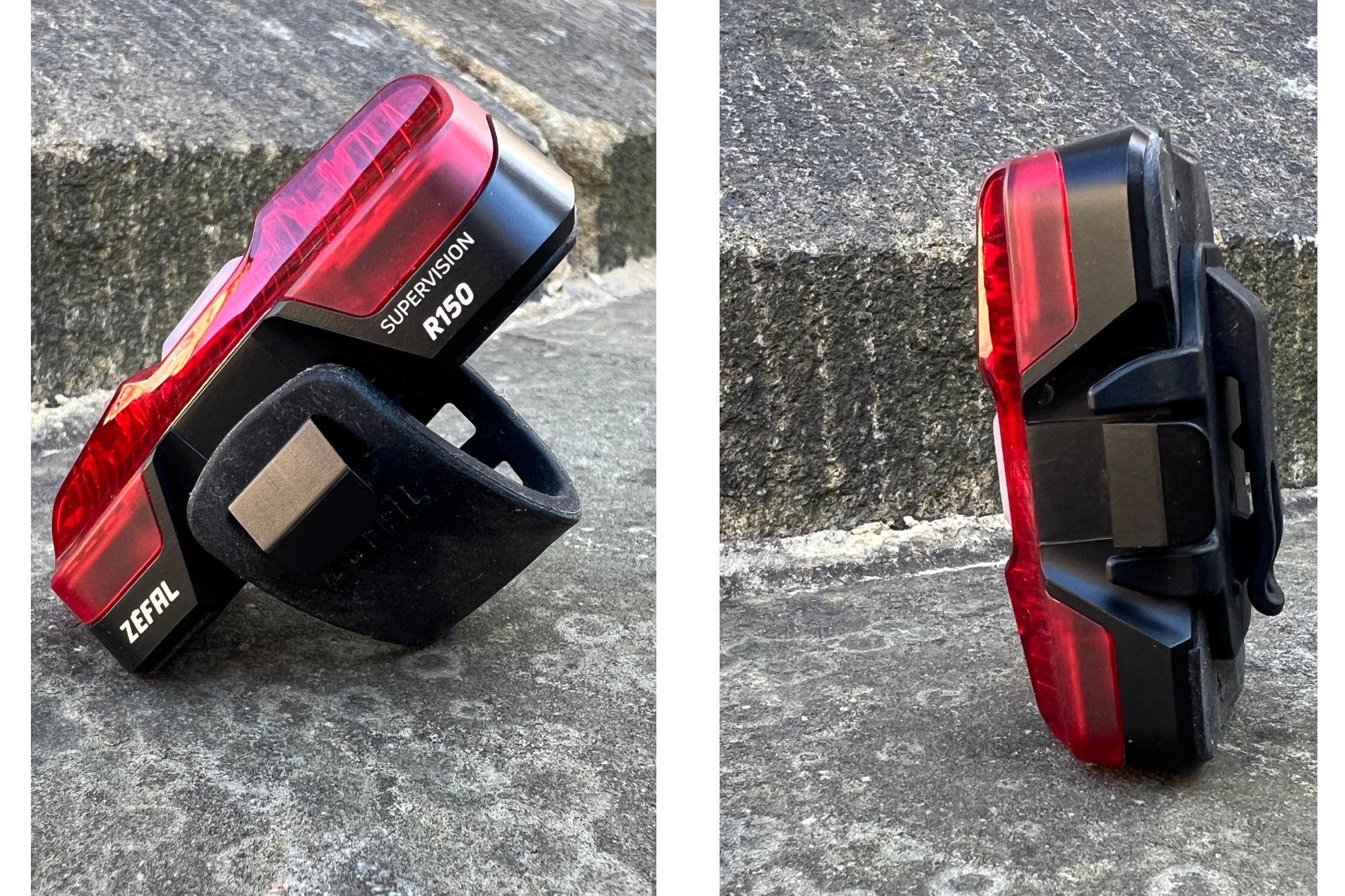
My uncertainty about the exact dimensions stems from Zefal's ability to adjust its mounting positions. The Supervision R150 rear light features a no-tool silicone strap that fits any tube with a diameter between 15 and 36mm, or a clip that can be positioned almost anywhere and in any orientation, making it highly versatile.
Considering this, it’s important to remember that the light is waterproofed up to an IPX6 rating, which means it is protected against high-pressure water streams from any angle. This rating ensures that the light is safe from water ingress as long as the USB-C port is securely covered.
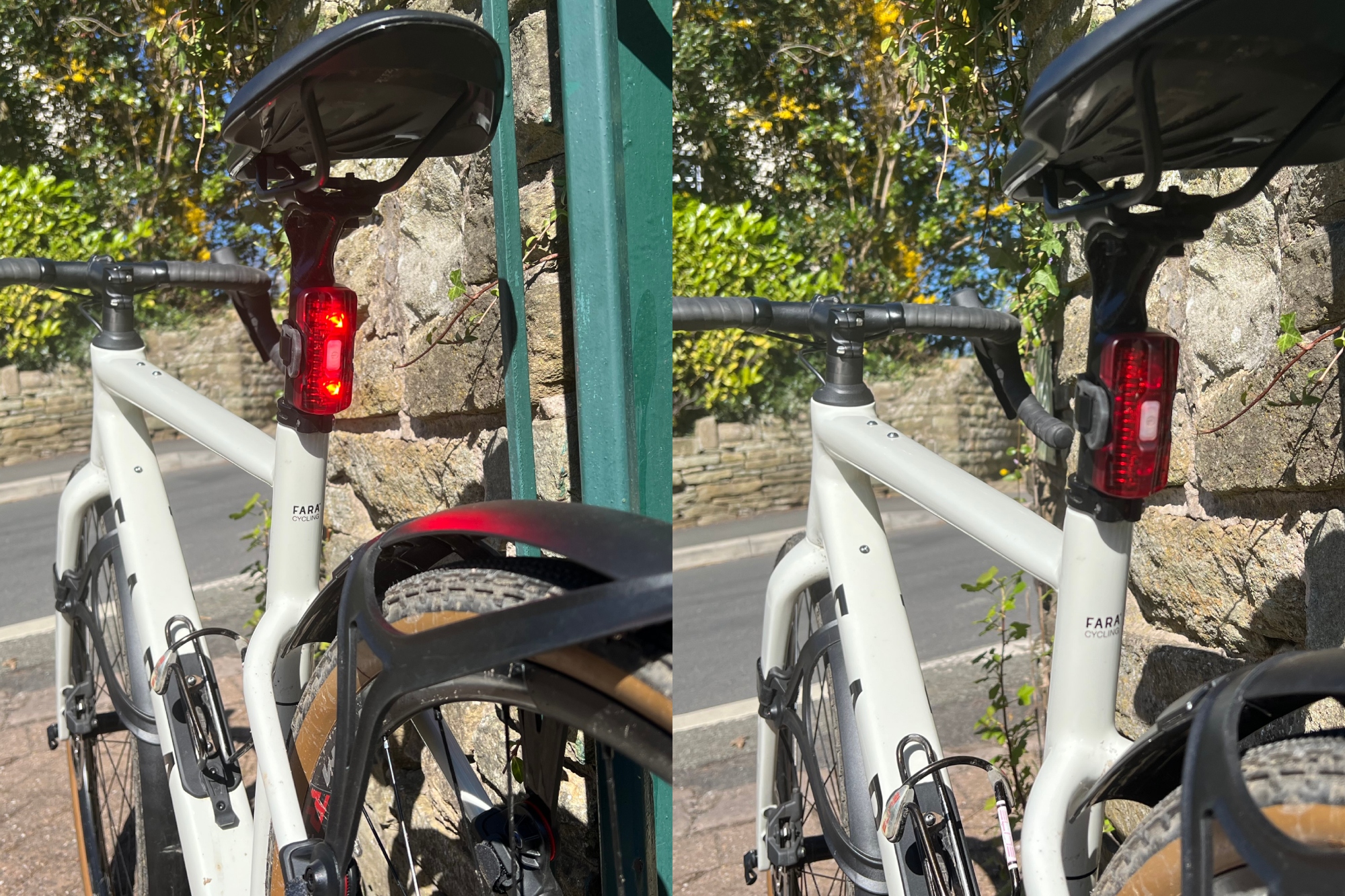
The ride
Fitting the Zefal Supervision R150 is a doddle. It was perfect for the Fara F/Gravel bike I'm riding at the moment, with its 27.5 mm seatpost. I grimaced at the idea of strapping the silicone straps around a dropper post, worrying that abrasive material would be trapped and score the piston. So, I opted instead to use the clip adaptor and try the light worn about my person.
However, it was so lightweight, I couldn't feel it sufficiently to feel content about it hanging off the rear pocket of the loose-fitting Santini Alpha Pack Vest, and I found myself constantly checking it was still there. That reads like a backhanded compliment for the Supervision's barely-there weight penalty, but, it is something to consider if you are selecting based on the clip mount, eg, if you have an aero seatpost.
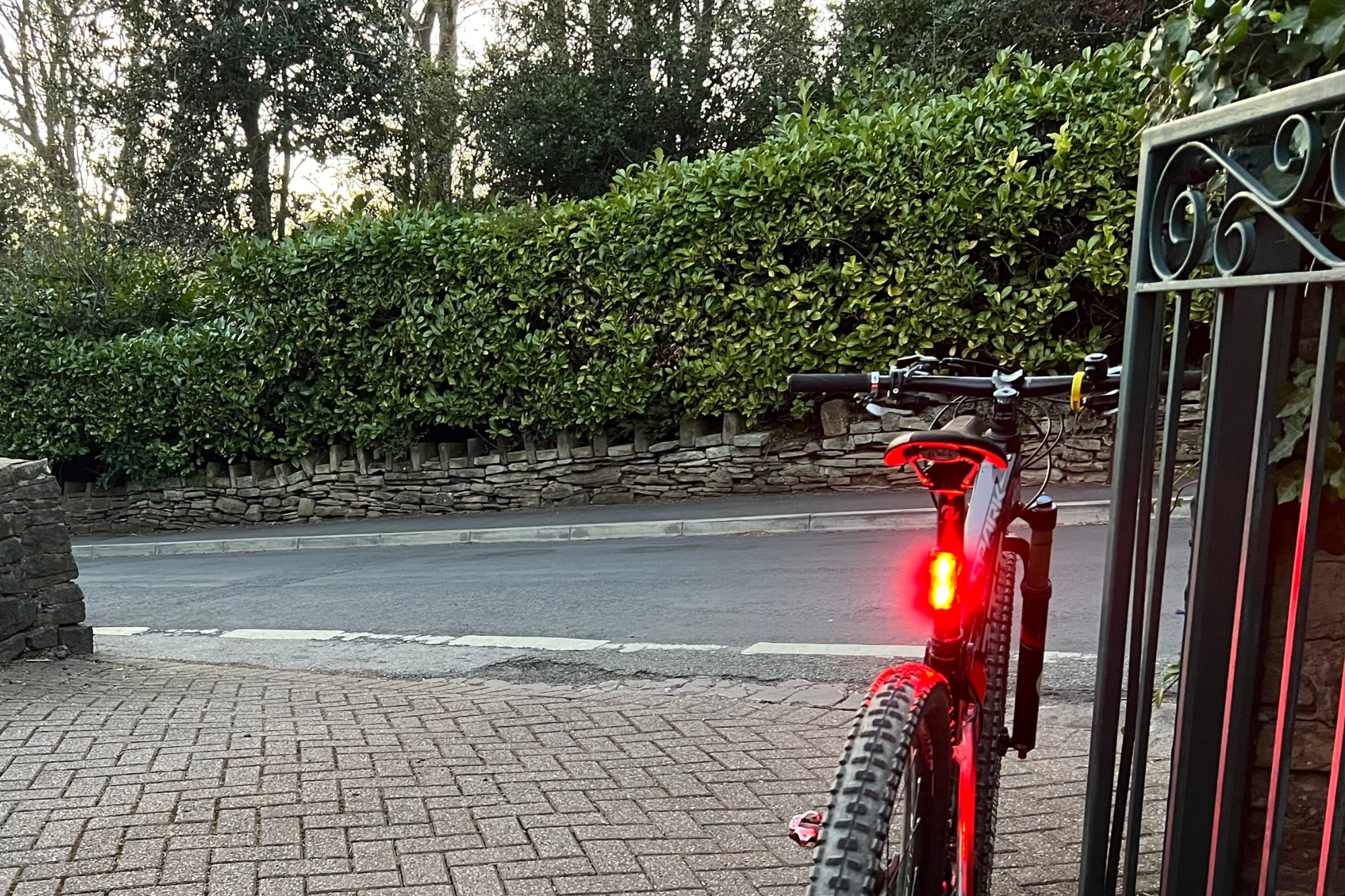
When it comes to light output, I found the constant light on high to be the best option. I would have liked to use the flash setting, but I felt that the 'off' element was just too long. I personally believe that any flash setting on a bike should be a brighter flash or strobe so that you are never plunged into total blackout.
Even a single second 'off' is enough to make you invisible to a car. If it is driving at thirty miles per hour (48 kph), the national speed limit for most built-up areas in England, a car will travel 44 feet (13 meters) in one second, and, according to the Automobile Association, take 75 feet (23 meters) to come to a stop.
France has banned rear flashing lights altogether. Although the reasoning is more car-centric (flashing lights could dazzle and distract drivers), I’m curious to see the next iteration of lights from the brand now that this law is in place in its home country.
Value and conclusion
With much of my thoughts focused on the perils of the Zefal Supervision R150 flash setting, you would be forgiven for thinking I didn't like the light.
On the contrary, I think it's a great option for anyone wanting a robust rear light. Its design allows for excellent side visibility for the rider and a clear view from behind.
It's a breeze to fit and charge, assuming you have a charger, and the simple mode cycle button is easy to operate even when wearing thick gloves.
Focusing on all these positive aspects, and then factoring in the price of £35.99/ $48 and, it's bang in the middle of other similar functioning lights such as the Knog Mid Cobber a great option for many cyclists.
I believe it offers sufficient illumination to function as both a daytime and nighttime rear light, but the one issue I have is that the flash setting is just too slow.
